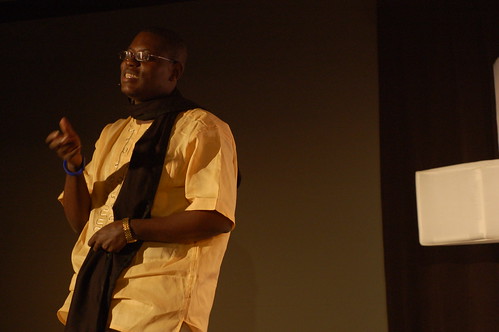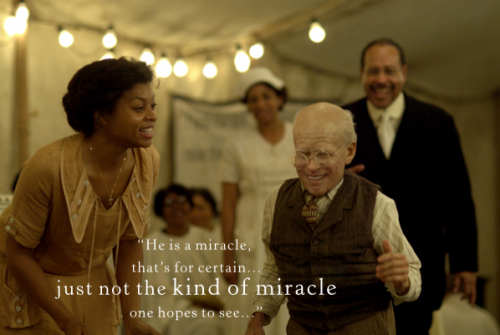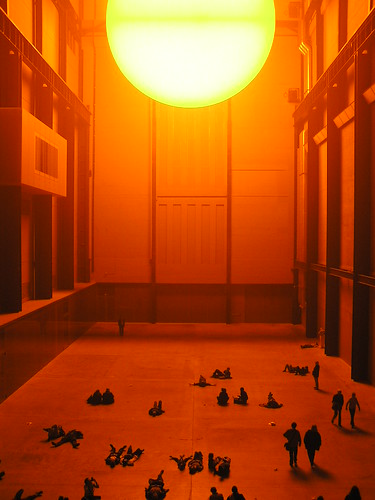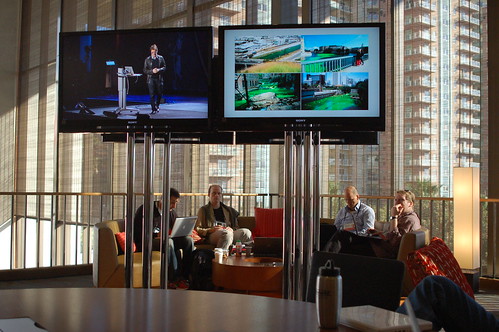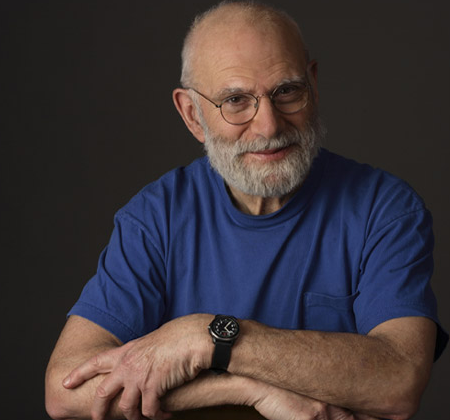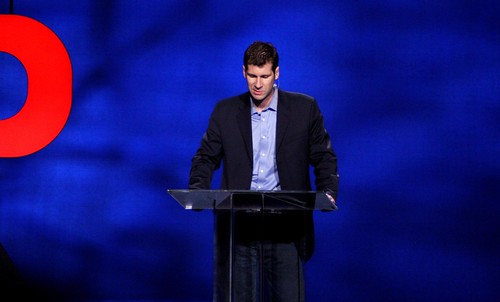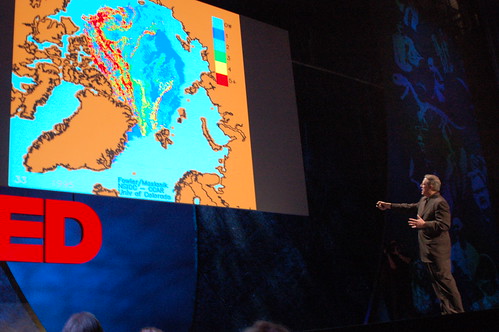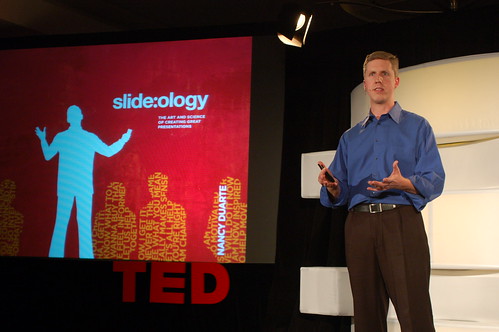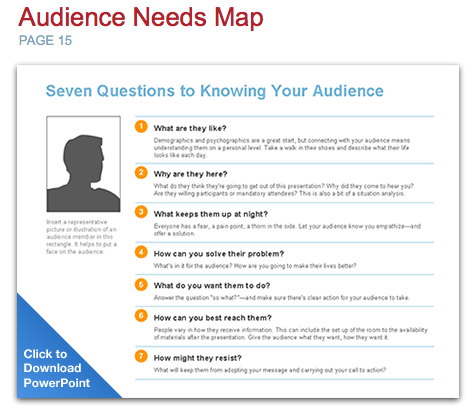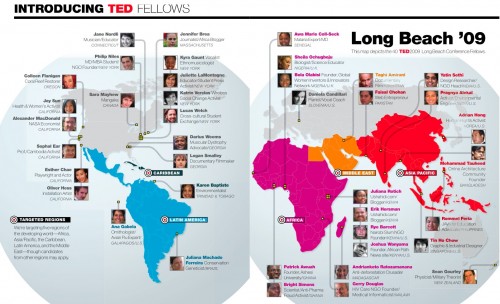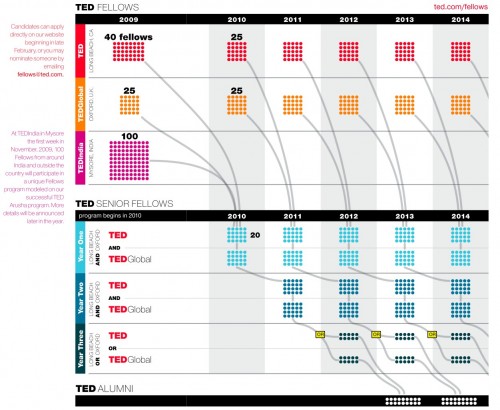[TED 2009 Fellows pictures on Flickr.]
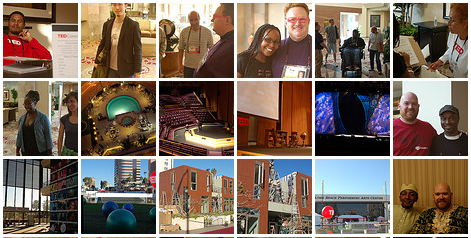
Even better pictures by Josh Wanyama in this Flickr set.
This morning is a whirlwind of TED Fellows giving short, 3-minute TED Talks to each other. Each of them is being recorded, and it looks like many will make it to the TED.com site one of these days. The best part about these sessions are that it’s an incredibly eclectic group, mixing environmental engineers with musicians and anthropologists.
A small taste
(These are 3-minute lightning talks, so I can only get a couple of the fabulous speakers in here.)
Pragnya has told us that, generally, the poorer we are the happier we are. That’s the reverse of the correlation that most of us think about regarding wealth. Being an engineer, she gives us a great graph to illustrate it.
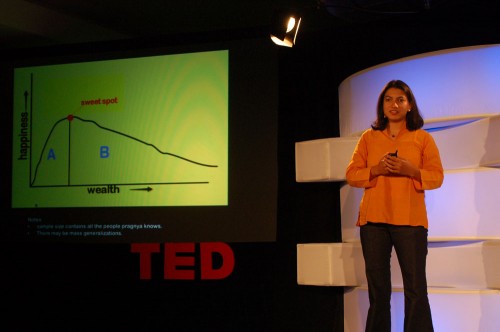
Sean Gourley talks about how we can use math to predict and understand violence in the world around us. He came up with equations that helped describe what was happening – scanning the news and using an algorithm to better see the future. He asked a hard question of himself at one stage: “how can I describe this human suffering with numbers?”
Sean talks of meeting the real-life people who were part of his algorithm in Iraq. How it shook him, realizing that there were people behind the numbers.
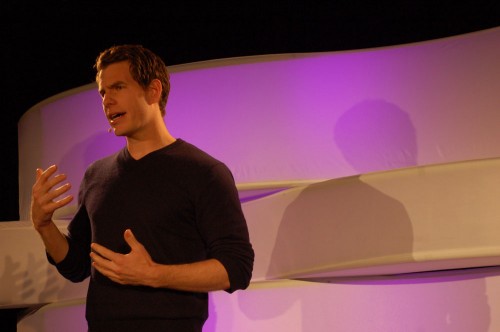
“If you want to change the world, you need to begin at your home.” – Yatin Sethi
Darius, from “Darius Goes West“, comes on stage with Logan to give us a small taste of their amazing story of how they are raising money to fight Duchenne muscular dystrophy.
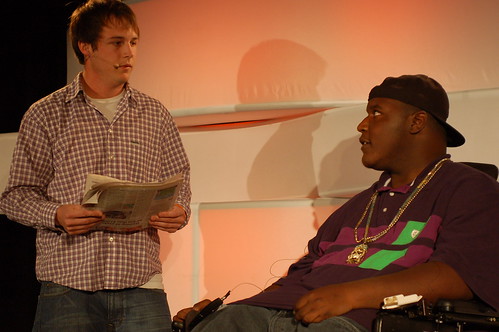
Daniela Candillari and opera coach, sings a haunting song dedicated to the rest of the TED Fellows.
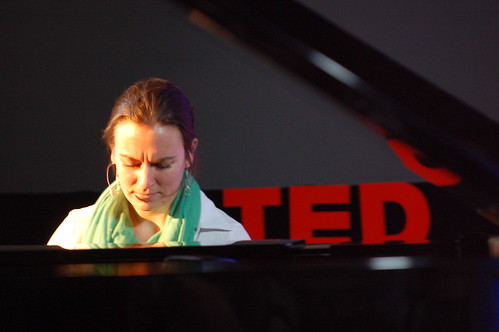
Dr. Awa Marie Coll Seck, Professor and Doctor at the University of Dakar in Senegal, is taking the fight against Malaria to a new level. After being the Minister of Health in Senegal, she decided to start an awareness and fund raising campaign against Malaria. “We can be in a poor country, and we can do a lot of things by ourselves.”
Film maker, Taghi Amirani, tells a funny, captivating, and ultimately heartbreaking story of his grandmother finding love in Iran. And tragically, how the husband was swapped out at the last minute…
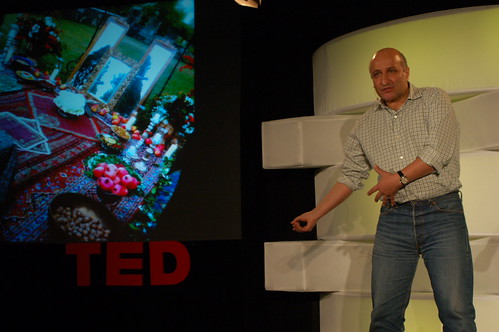
(sidenote: GAH, running out of power and no extension cords…!)
Kyra Gaunt, the captivating and energetic anthropologist/musician talks to us about race, prejudice and the brand that has been created around racism. “It takes a lot to change something that doesn’t actually exist in the physical universe.”
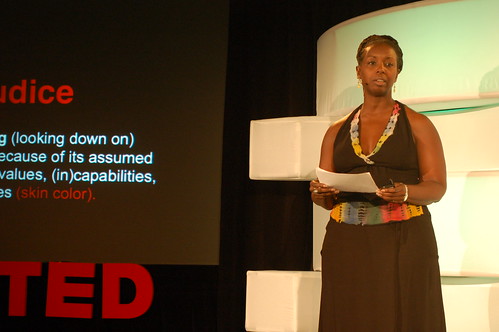
“Racism as a resource… think opposable thumbs. What if we need to embrace racism to reach the next level of our humanity? It’s what I call, ‘agreeing to be offended’.”
Joshua Wanyama of Pamoja Media and African Path, gives a talk on how accessing the internet for the first time back in 1998 completely changed his life and set his path for the future. Now he thinks of how the internet frees communication, and people, away from a government controlled monopoly all over Africa.

Sara Mayhew talks about her new Manga book: Ztarr
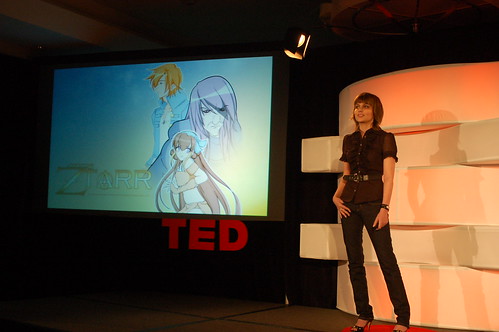
Bright Simons of Mpedigree reminds us that solutions for Africa are complicated, it’s not just bad governance, that most of Africa isn’t resource rich, and that cultural legacies aren’t always the problem.
